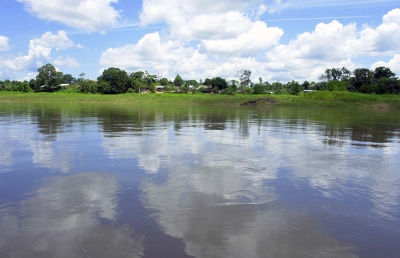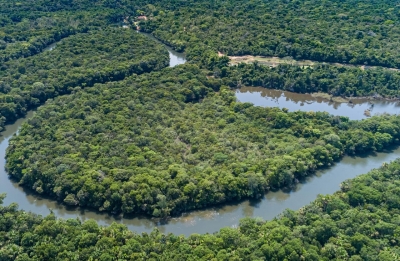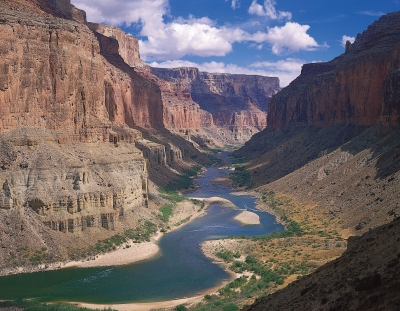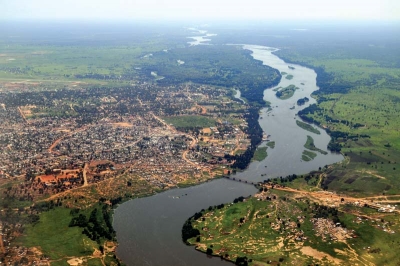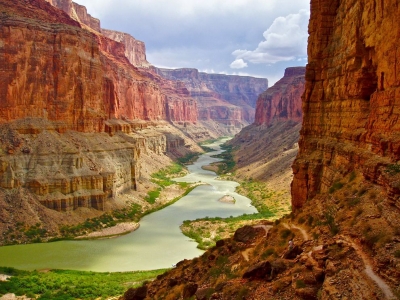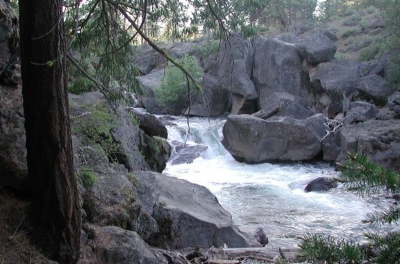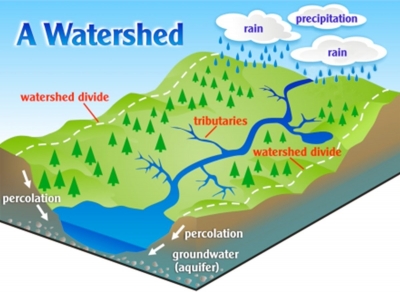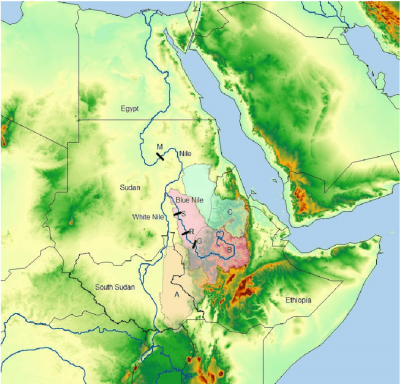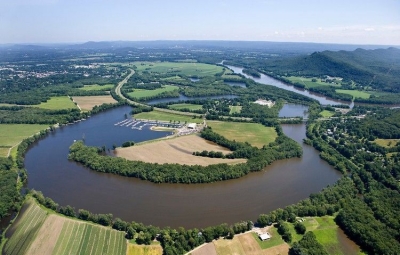DOES THE SEA WEAR AWAY LAND?
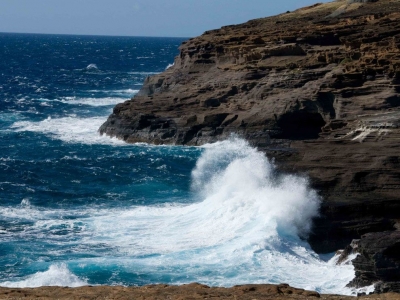
|
Sea waves constantly crash into coasts, crushing rocks and pebbles. Rising waves hurl small rocks onto seaside cliffs, eroding them or tearing away at their base until they collapse. Waves and water currents carry sand and gravel that can alter coastlines. The sea and its waves can certainly wear away the land. |
Coastal erosion is the wearing away of the land by the sea often involves destructive waves wearing away the coast (though constructive waves also contribute to coastal erosion).
There are four main processes of coastal erosion. These are corrasion, abrasion, hydraulic action and attrition.
Corrasion is when destructive waves pick up beach material (e.g. pebbles) and hurl them at the base of a cliff. Over time this can loosen cliff material forming a wave-cut notch.
Abrasion occurs as breaking waves, concentrated between the high and low watermarks, which contain sand and larger fragments wear away the base of a cliff or headland. It is commonly known as the sandpaper effect. This process is particularly common in high-energy storm conditions.
Waves hitting the base of a cliff causes air to be compressed in cracks, joints and folds in bedding planes causing repeated changes in air pressure. As air rushes out of the cliff when the wave retreats it leads to an explosive effect as pressure is released. This process is supported further by the weakening effect of weathering. The material breaks off cliffs, sometimes in huge chunks. This process is known as hydraulic action.
Attrition is when waves cause rocks and pebbles to bump into each other and break up.
Credit: internet geography
Picture Credit : Google
